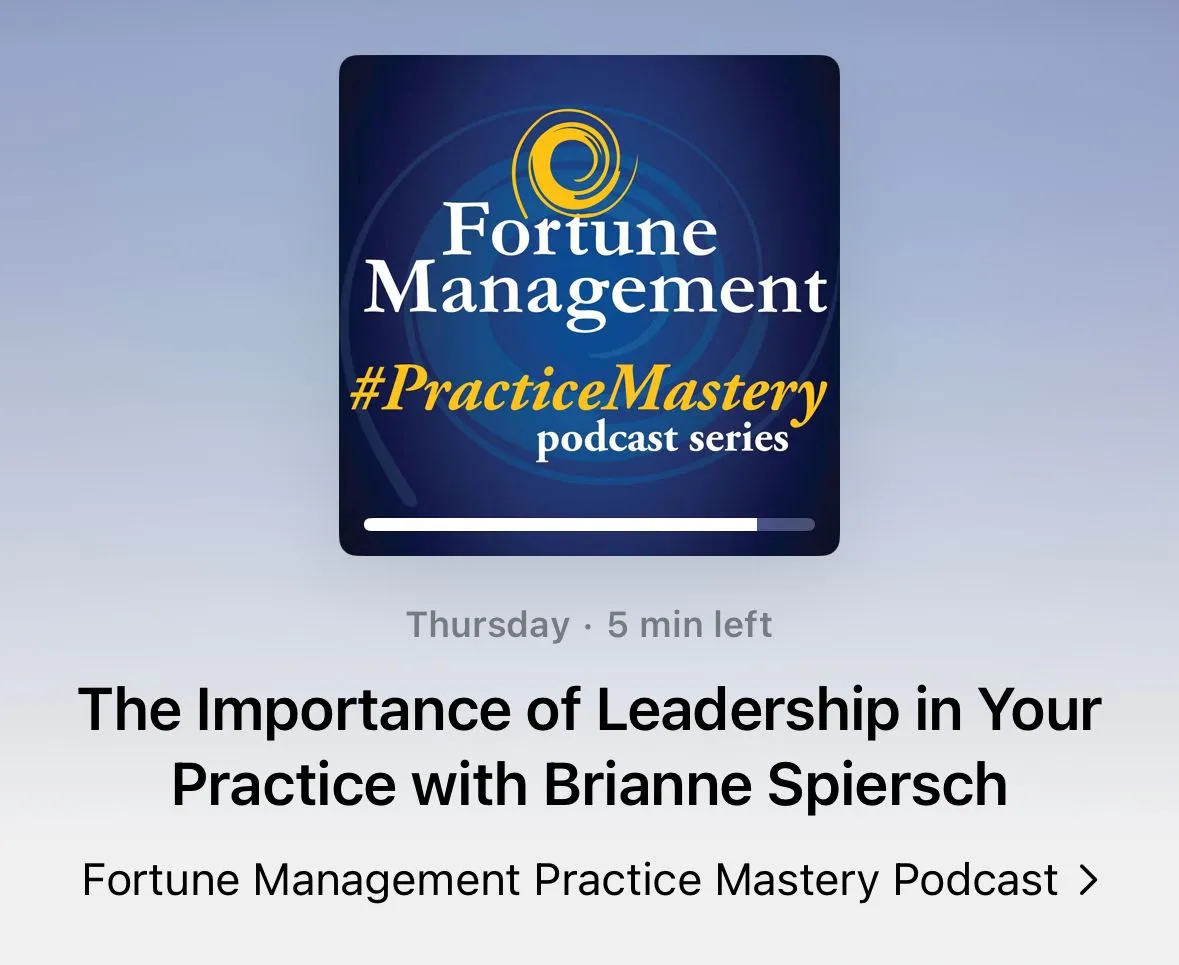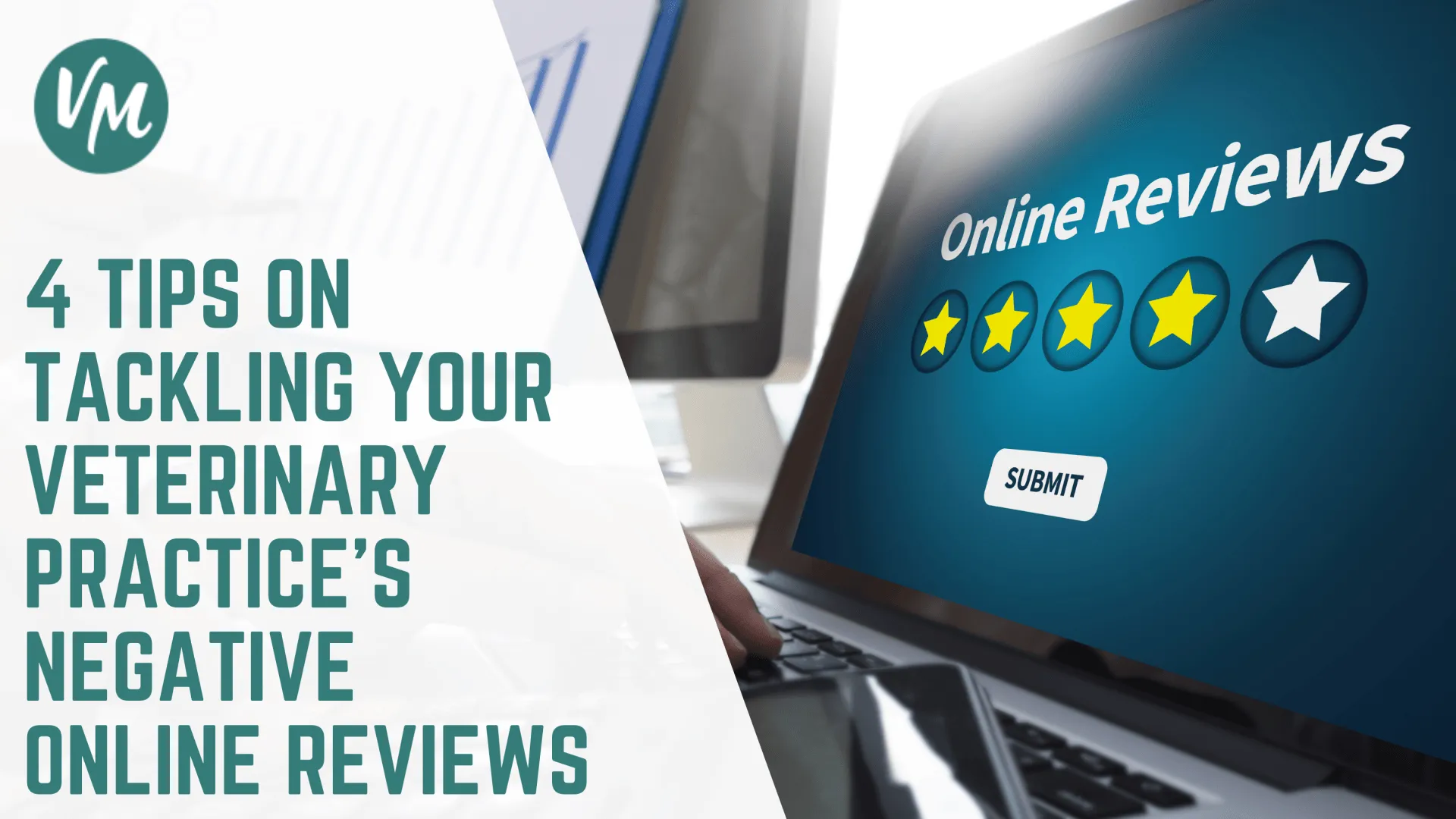
Let’s face it, COVID-19 created a boom for the pet industry. With so many Americans adopting pets and some even becoming first-time pet owners, shelters were empty, and society was suddenly filled with furry and feathered friends who had found their forever home.
With the stay-at-home order in place and veterinary offices being one of the only businesses open during the shutdown, everyone now had time to go to the veterinarian and take care of their four-legged family members.
Of course, that meant that more and more pet owners were reaching out to veterinary practices for everything from first-time visits to emergency calls. The increase in pets meant an increase in business … and an increase in stress levels for many people inside the practice as well.
So, what can be done to help lower the stress levels when you’re literally herding cats inside the practice? We asked the experts at Veterinary Mastery for their advice.
It All Starts At Your Front Desk
Stress can often start with a phone call and trying to establish exactly what is needed from a client. If someone calls saying they have an emergency, is it really an emergency? That is just one of the balls that needs to be juggled at the front desk, and those phone calls can include everything from getting a prescription refilled to a true life-or-death situation.
It starts with asking the right questions, accurate triage, to know what services are needed, says Brianne Spiersch, an executive coach with Veterinary Mastery, a division of Fortune Management.
“It all starts with the first phone call and really knowing how to handle that and then proceed to either fit the patient into the schedule or have those timely communications with the doctor about next steps,” Spiersch said. “The best choice for that patient may not be coming into the practice, but rather going to an emergency clinic. Knowing how to quickly gather this information and relay it back to the caller is so important.”
Ultimately, Spiersch believes that everyone on the team should be able to answer questions that come in over the phone so that one person is dealing with one situation, rather than having multiple people pulled in to solve a problem or answer a question.
“Asking great questions is the key,” Spiersch said. “Then, once you’ve asked those questions, take a moment to listen. With the right questions and the right training, your front desk can become adept quickly and efficiently funneling clients/patients where they need to go.”
Knowing And Informing Your Audience
Puppies and kittens became all the rage during COVID-19, and new pet owners dealing with new animals certainly has provided its share of questions and excitement.
So how do you talk to your customers about what is needed for a new puppy or kitten? Perhaps some of the questions can be established on a portion of your web site that you can refer customers to, cutting down on the number of calls and time spent on the phone to your practice.
“Don’t be afraid to talk about what’s most important for a puppy in those early months,” Spiersch said. “Educate your customers on why vaccines are important. Make sure they know when they should be spayed or neutered. Make sure they understand the value of socialization. Make them aware of the importance of yearly wellness visits. We’re hearing from several of our clients about puppies becoming young dogs and being aggressive, because they have no experience with people and other dogs.
“You have to think about what’s important for the pets, as well as what’s important for the owners to know. Having this information in one place can help alleviate some of the calls, and letting your audience know this is on your site through your social media or postcards or however you communicate is important as well.”
Good Notes for the Tech Team
Gathering information from the phone call is important, and so is taking good notes during the call and relaying that information correctly to the tech team members.
In a typical practice, the tech team will first interact with the animal and owner when they arrive. Therefore, having the right information and being able to communicate that back to the owner is important for peace of mind, Spiersch said.
“With curbside service, having the tech be able to go out and reiterate everything that he or she has heard from that first call from reception, and making sure that we have every bit of information needed is so important,” she said. “With everything being curbside right now, patients are handed off from team member to team member, so you have to really make sure your communications are streamlined and clear.”
It also creates certainty for clients that they are in the right place for their pet’s care.
Of course, there is much more to understand when it comes to successful running a veterinary practice. And that is why the experts at Veterinary Mastery are available to help you not only build your practice, but keep it running at a high level.
If you need help in lowering the stress levels in your practice or making sure your systems are running as efficiently as possible, reach out to the experts at Veterinary Mastery at info@veterinarymastery.com or call (925) 408-2526.







